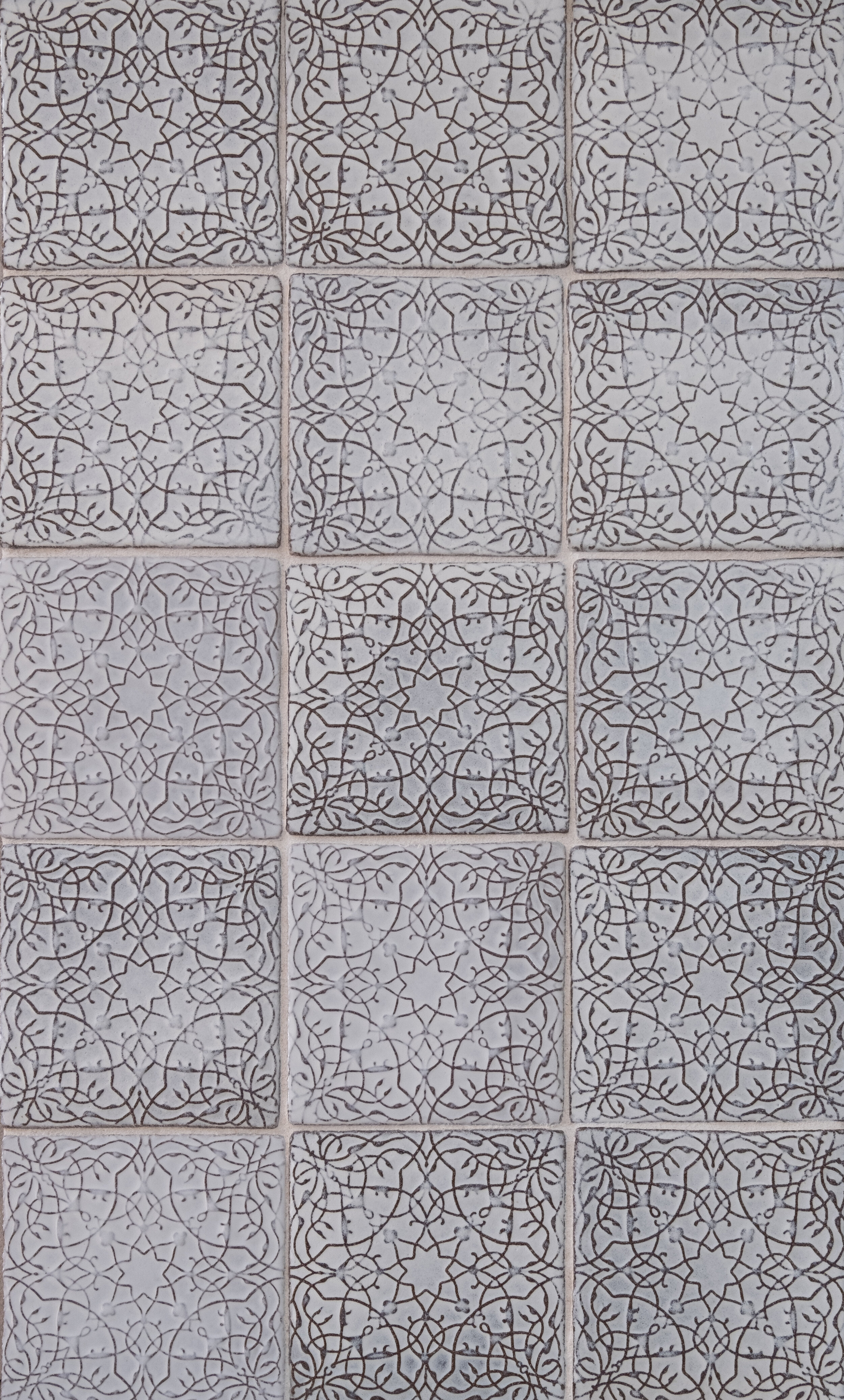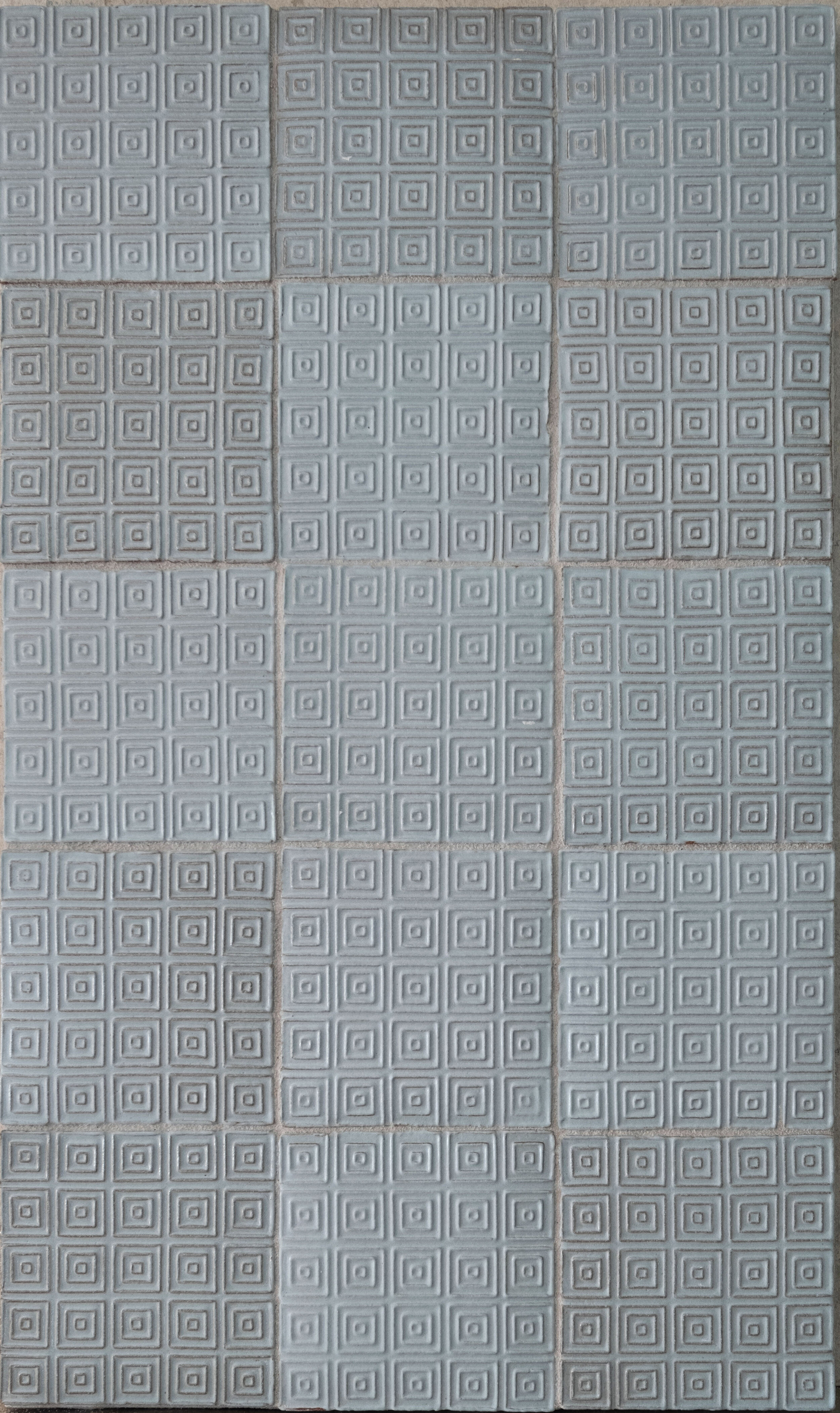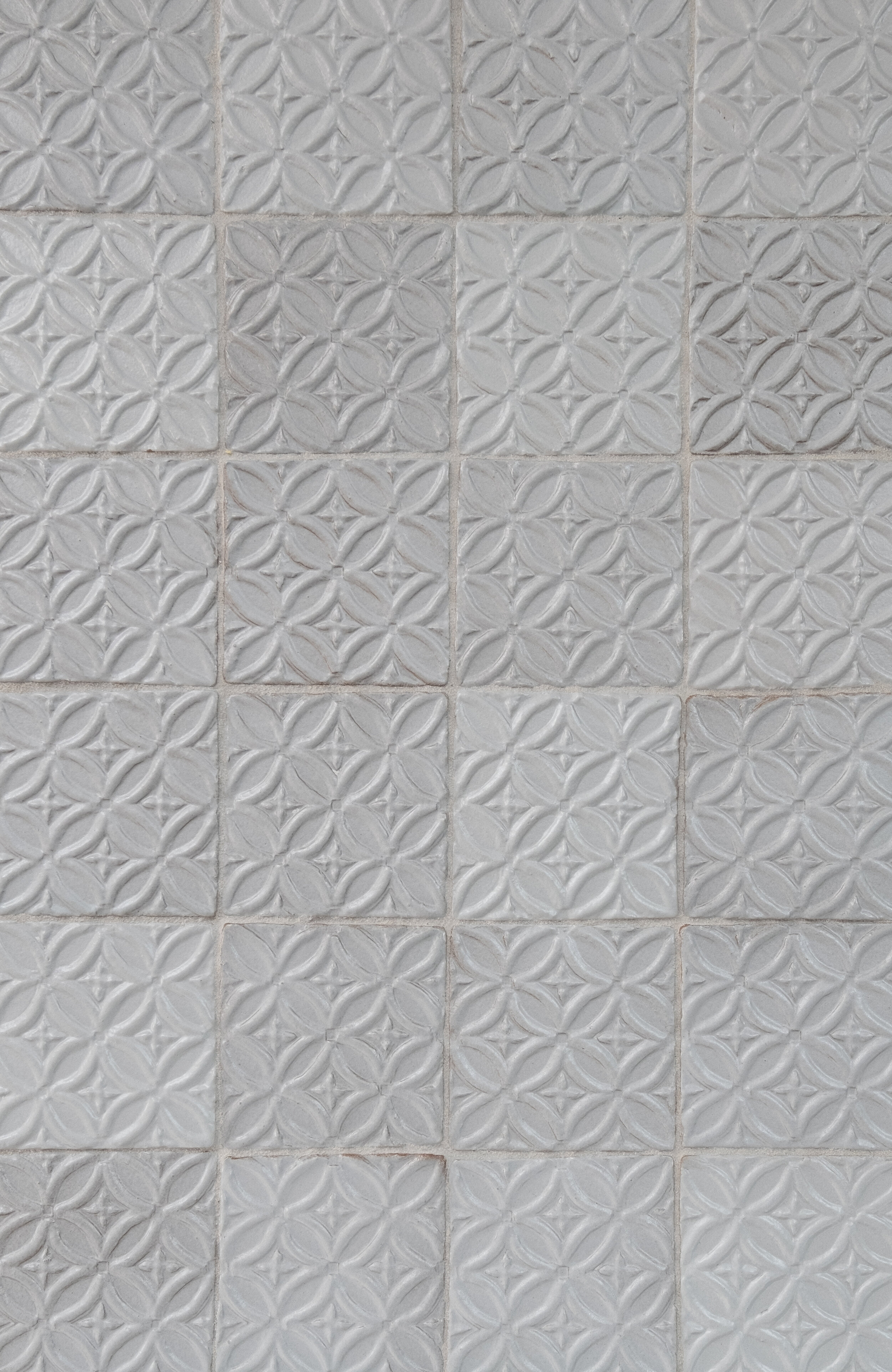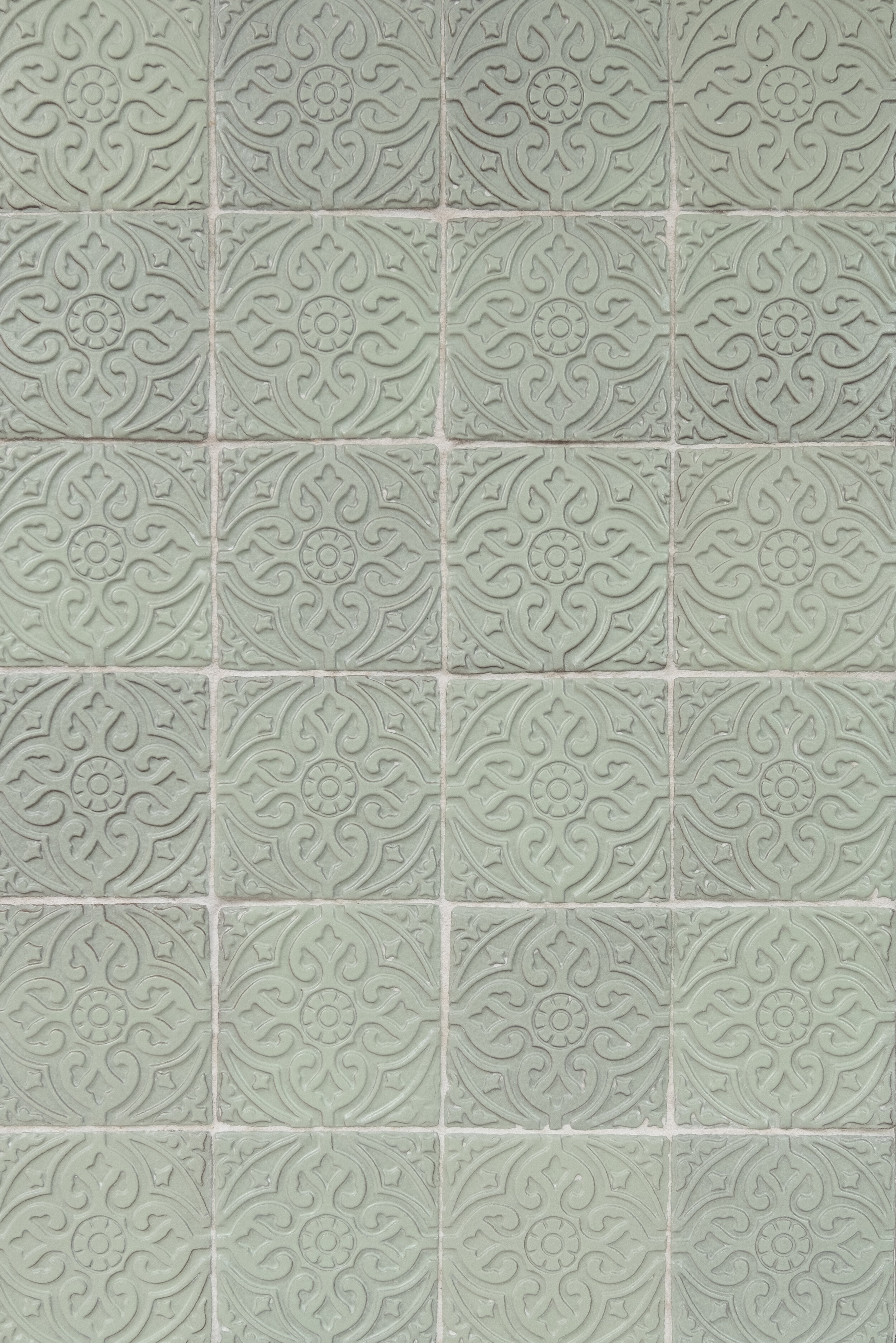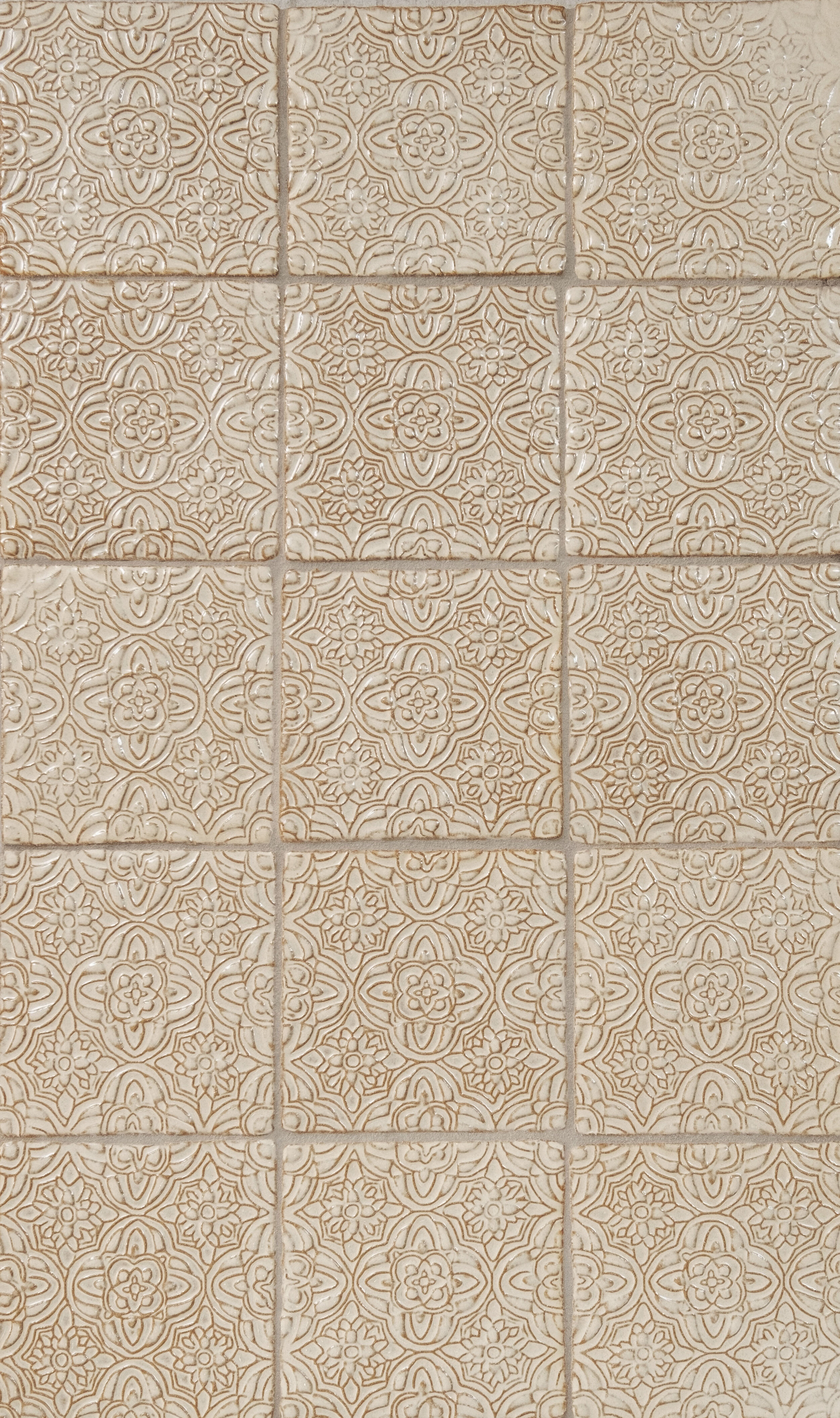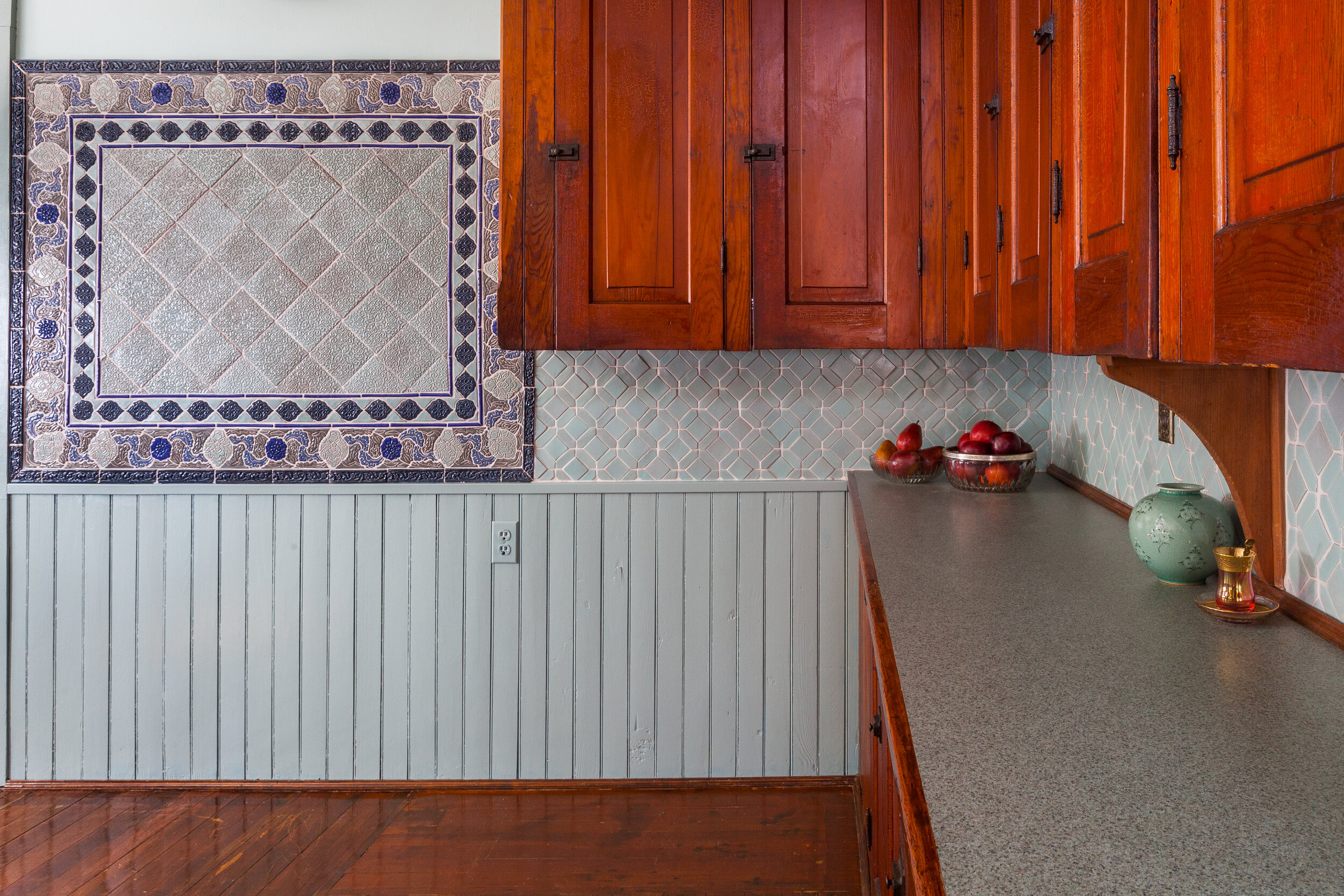Texture: The Key to a Beautiful Kitchen
paul halferty
Walk into some kitchens, and you immediately feel welcomed. What's the room's secret?
Of course, you need great cabinetry and countertops, and the right lighting and colors. But there’s a secret that all good designers know that can really take a space to the next level. It’s the one element without which no room is complete:
Texture!
Of course anything, even if it’s made of shiny metal or plastic, has its own texture. ‘Smooth’ is a texture. But in this case, the kind of textures we’re talking about have pattern and movement and look like they would be interesting to touch. These are the things that make a room feel cozy, that make it feel complete.
Although often forgotten, texture can be an incredibly simple way to turn your interior from missing something to must-see. Texture makes all the difference between a room that feels flat, cold, and unfinished, and a room that feels warm and inviting.
How does texture work?
Texture Provides Balance
Don’t overload a space with too many similar textures. Think about it: If everything is too similar, our eyes have trouble focusing and tend to glaze over. Try to aim for a balance of hard, soft, rough, and smooth. Use texture to make sure your most important elements pop.
Texture adds contrast
Consider the placement of textures as you go about designing your room. Putting a smooth texture directly next to a rough one while make the rough object stand out more and seem weightier than if you space them apart.
Texture is particularly important if you’re working within a particular color palette where the shades are very similar. When you have a monochromatic color scheme, make sure you choose items that heavily contrast. When they come together, they will bring a sense of harmony to the space.
Using Texture At Home
All that reasoning as to why you should use texture is well and good, but it only goes so far if you don’t know how to effectively bring it into your home. Here are a few ways that we suggest adding texture to a room:
Architectural Elements: crown molding, chair rails, or a beautiful countertop
Furniture: Consider the texture that wooden benches, chairs, and tables all bring to the space.
Décor Items: Cutting boards, bowls, plants, or even your favorite cookbooks can be used.
Textiles: Use cloths like slip covers, throw pillows, and even blankets to make the room pop.
Floor and Wall Coverings: A carefully placed throw rug or a handcrafted tile backsplash will bring tons of depth to your kitchen.
Missing the secret ingredient to a great kitchen?
We've designed a collection of handcrafted tile to help you add a little texture into your next project.


